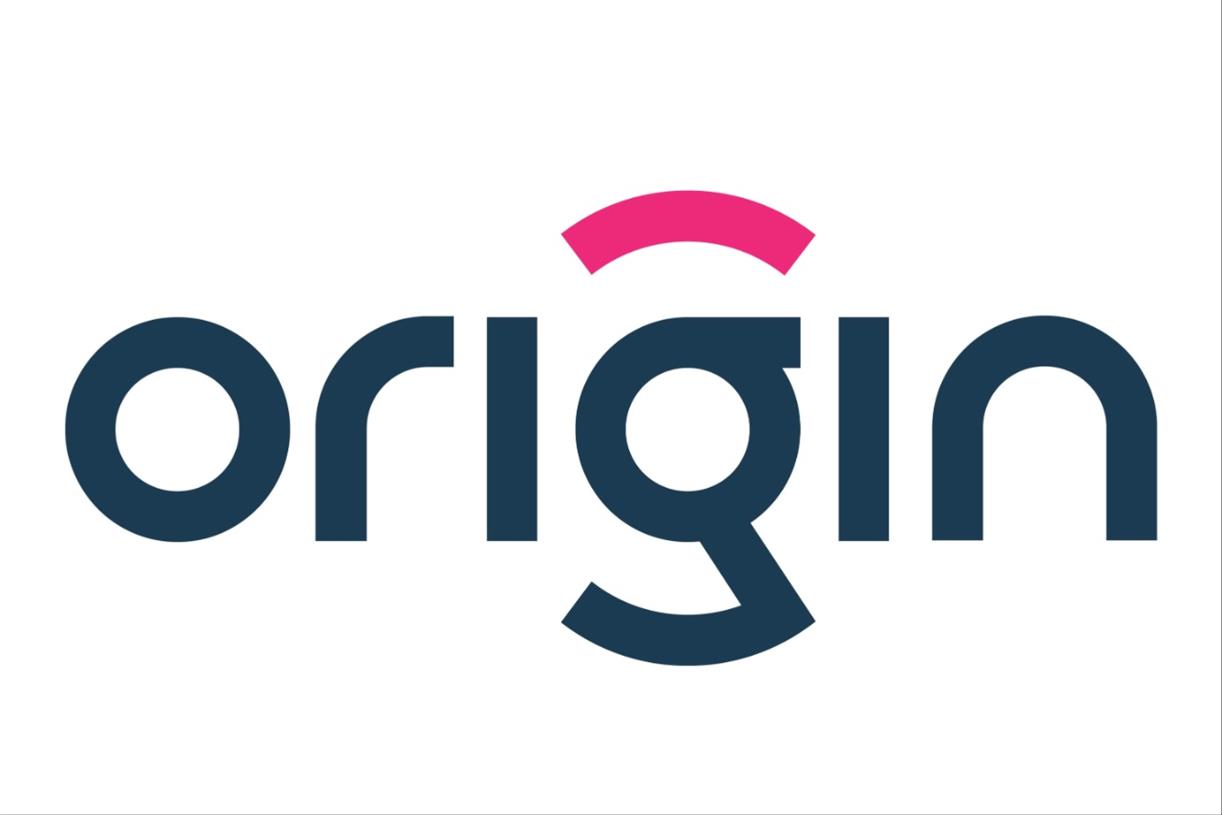The best emojis for email marketing campaigns
Phrasee analyzed emojis in 179,865 email subject lines over the past five years.

Advertisers who use emojis to drive customer engagement might be surprised to learn that the most popular emojis are not always the most useful in email marketing campaigns.
To mark World Emoji Day, July 17, Phrasee analyzed 179,865 English subject lines during the past five years to see how emojis in email subject lines impacted customer engagement. “By leveraging our proprietary data vault, we were able to determine the various trends year-over-year as it pertains to emojis,” said Neil Yager, co-founder and chief data scientist at Phrasee, an AI content platform for enterprise marketers that has worked with brands such as Sephora, Sainsbury’s, Currys, Pet Supplies Plus and Novo Nordisk.
While some emojis can boost engagement, the study found, the most popular ones did not always perform the best. In 2023, for instance, the chocolate bar emoji led to a higher email open rate than the year's most popular emoji: a bag of money.
The data also showed that emoji popularity changes over time, with the clock emoji seeing a 58% increase in usage and the flower declining by 44% over the past five years. Timing is also important; a consumer might not open a message if the emoji used in that message does not resonate with them when they receive it. “It doesn't work to use a ski emoji in July, but it does work to use a palm tree in December—presumably because customers are dreaming of a summer vacation,” said Yager.
In November, the clapping hand emoji was more effective than the football emoji.
“This is in the middle of the NFL season. Looking at Google Search trends, we can see initial excitement at the start of the NFL season in September. This is followed by a dip in October and November, and interest picks up again in the lead-up to the Super Bowl in December and January,” said Yager, who recommends that brands consistently analyze and optimize emoji use in real-time for the best results.

 Koichiko
Koichiko 






























